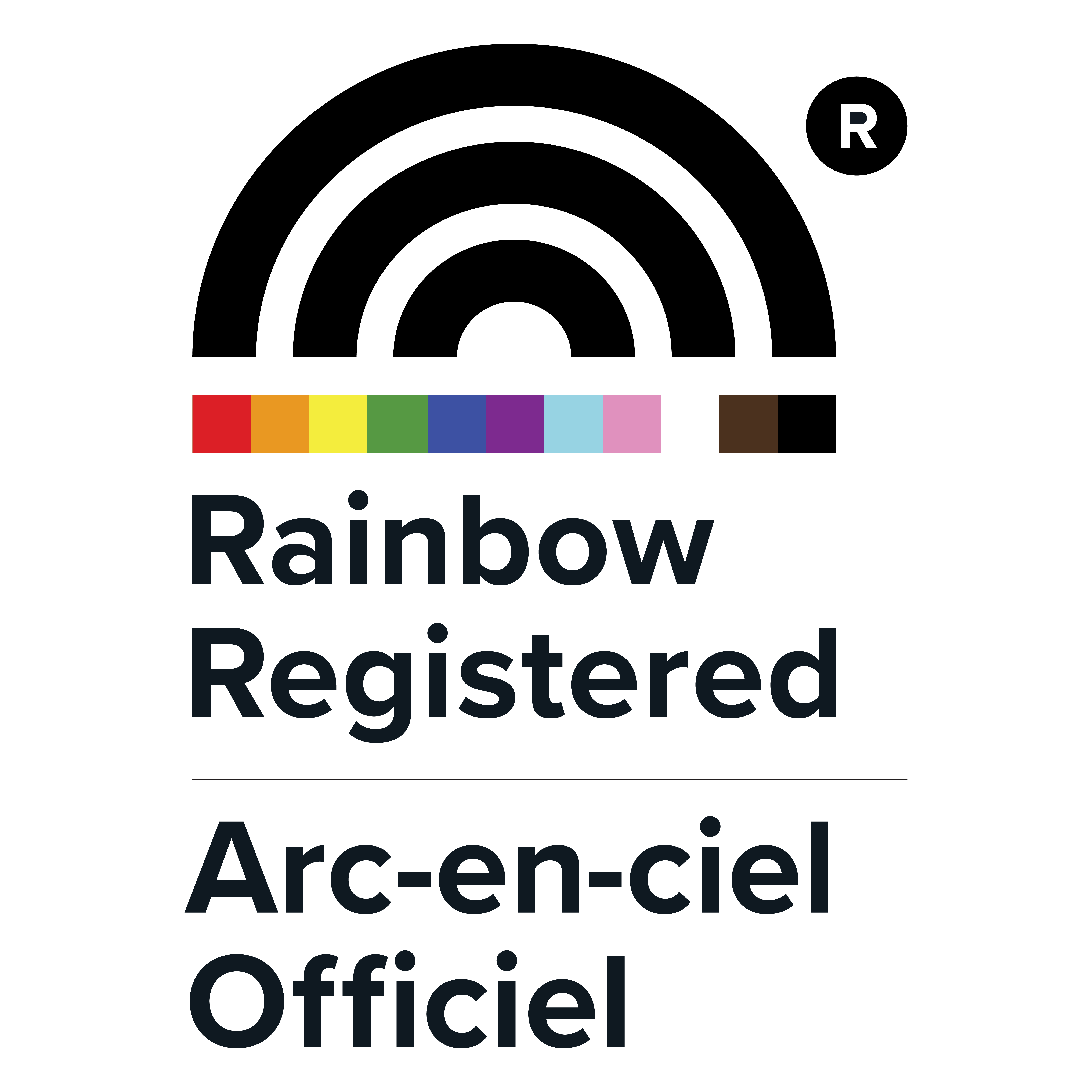As a child, I sat in stunned awe, gaping at the aerial gymnasts and performers in the circus and the fair performances I attended. I always thought they possessed some supernatural ability to be able to twist and flip at such precise high speeds and heights.
Of course, my backstage visit to Cirque du Soleil’s latest show, Varekai, reminded me that such high caliber performances require intense and consistent practice, discipline that takes place over a lifetime.
Varekai, meaning “whatever” in the Romany language of the gypsies, showcases flawlessly executed acrobatics and stunts that leave the audience waiting for more. It is the Greek story of Icarus, who flies too close to the sun and loses his wings, but with some twists. Instead of the well-known ending to the story, Icarus instead embarks on a soul-searching journey through a mysterious and wild land with fantastical creatures. Directed by Dominic Champagne, Varekai explores the spirit and art of the circus tradition, as well as the nomadic soul.
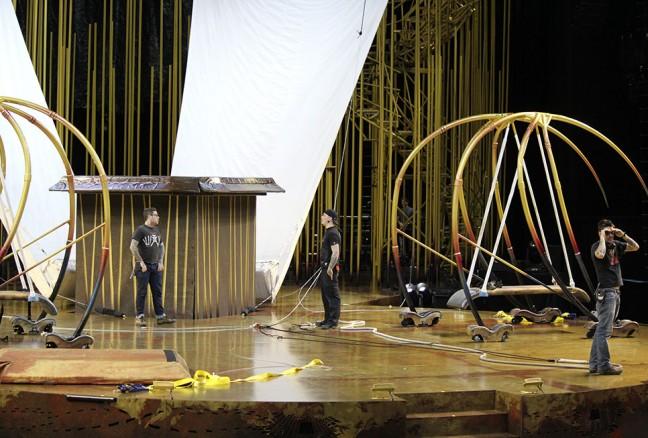
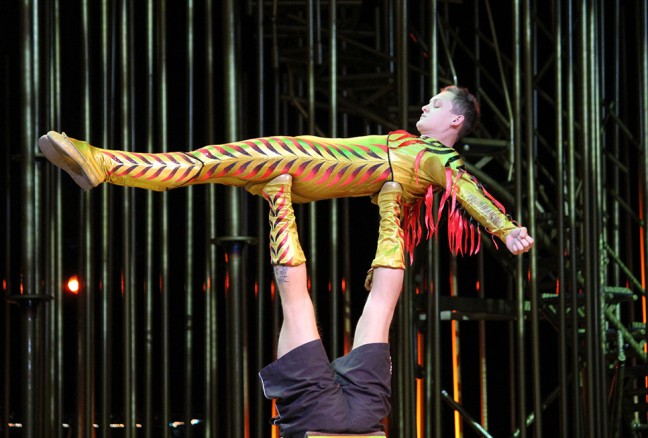
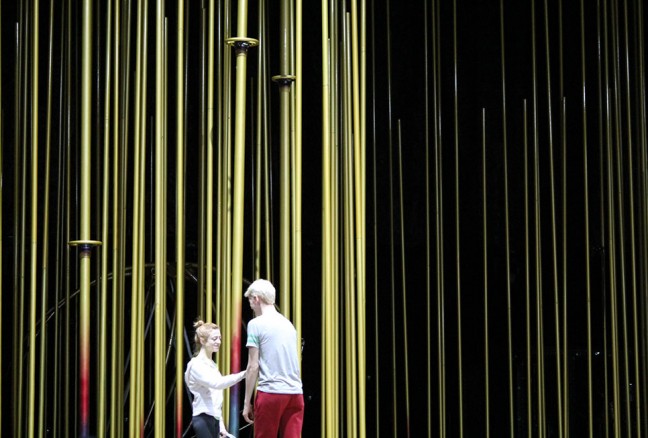
Meandering past the yellow poles set up to resemble a bamboo forest and into backstage, it can initially be difficult to see how it all comes together to become the extraordinary performance on stage. A few performers are stretching, one is practicing baton spins and throws, and later, two take turns catapulting the other up from a giant swing in order to do aerial flips.
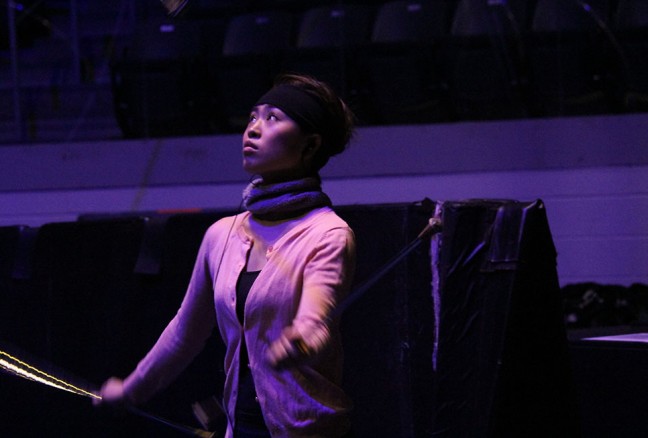
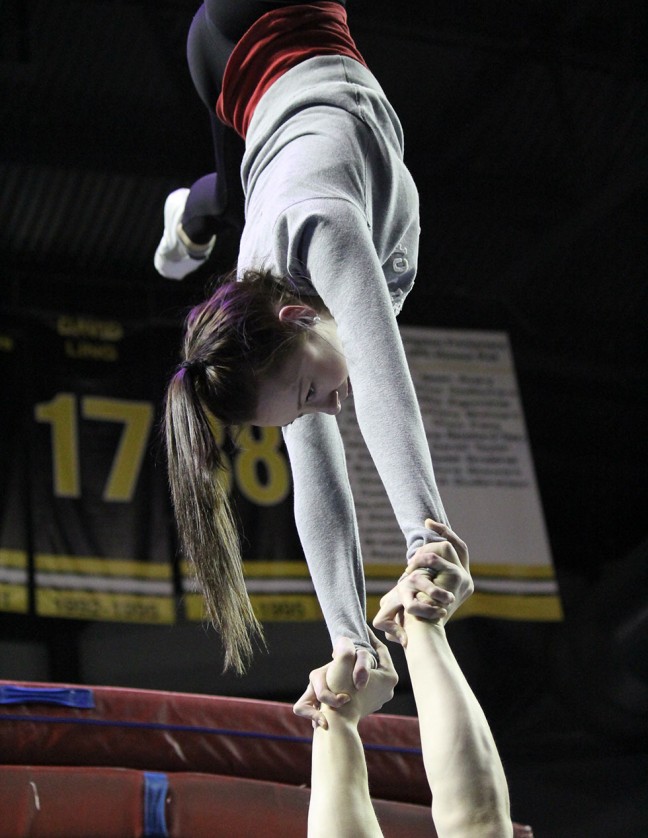
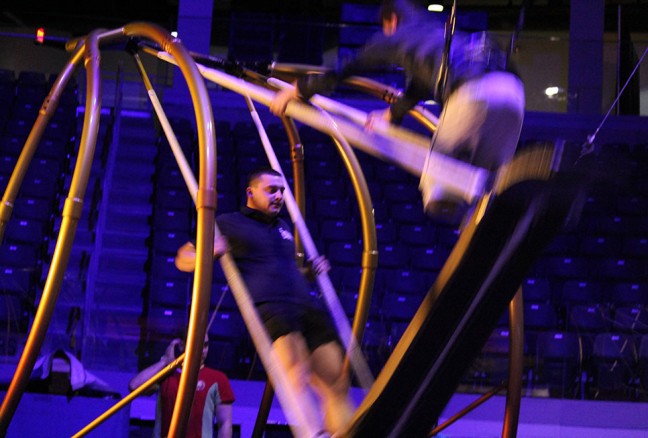
For the fifty-one stage performers from eighteen countries, diligent practice is required in the gym that moves with them everywhere they go. Fitted with mats and equipment, it even has a couch set before three boards with schedules, as well as a television screen broadcasting what is going on onstage. It was explained to us that each night’s performance is taped so that performers can review how they did.
As Soen, an enthusiastic young woman from Belgium, explains, “We’re always looking to see how we can improve.” She goes on to share how she was captured by both the creativity and the physical challenges posed by being in Cirque du Soleil, and decided to join after realizing her “normal life work” was not her true passion.
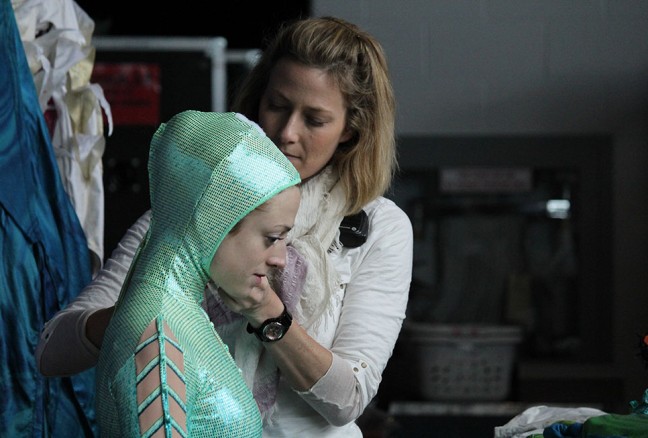
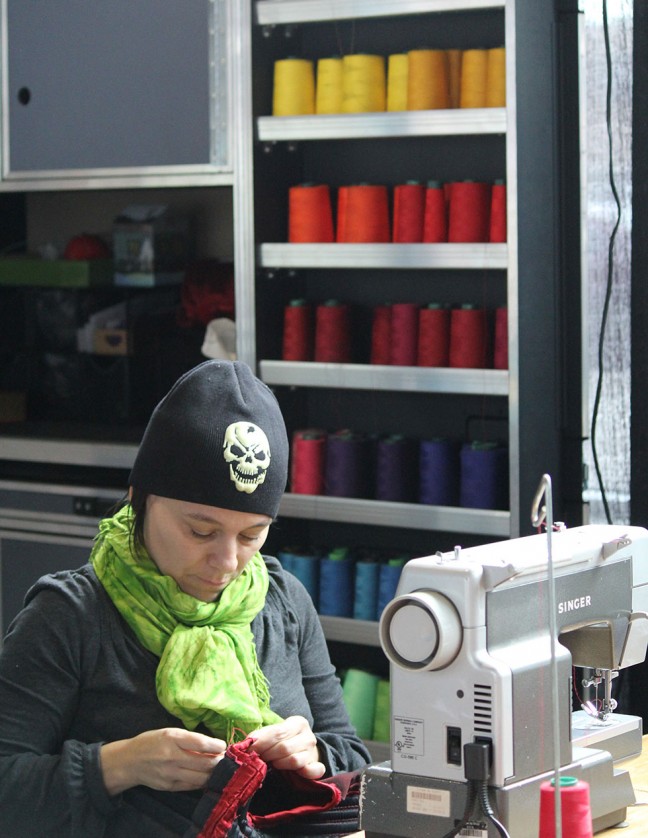
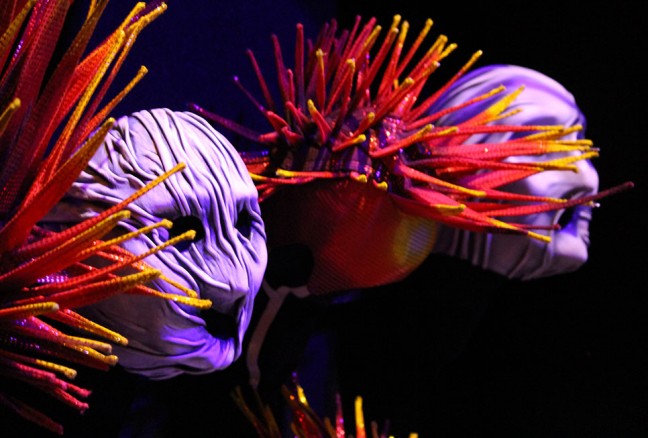
But backstage also reveals the army of individuals who create the mystique that is signature to Cirque to Soleil. I saw firsthand how the vibrantly coloured costumes are painstakingly sewn together by expert hands and well-used sewing machines – at least 80% of costumes are made in-house – each piece put together with careful details so to fit performers perfectly. These incredibly crafted creations by costume designer Eiko Ishioka reflect the movement, the colour, and the music of the story.
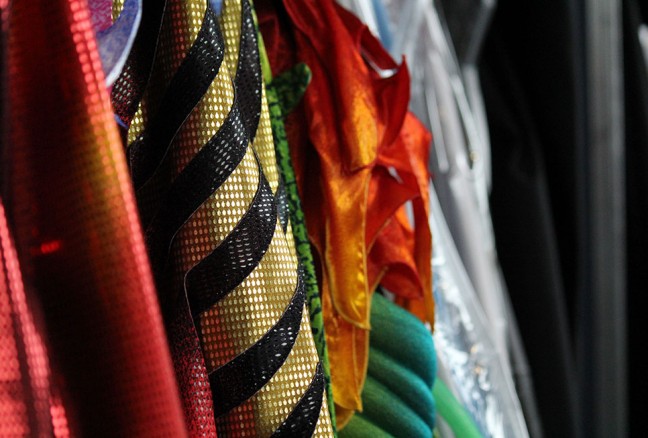
From costume designers to kitchen staff to stage hands, it is all coordinated by ear microphones, schedules, and a vision for the end product made possible by the endless talent of its staff and performers. And judging from the mountain of boxes that had to be shipped in on twenty-one trailers (we are told it usually is eighteen, on average), it is no small task to ensure a flawless production is put on.
True to its roots, Cirque du Soleil once again delights and provokes the wonder in spectators all over again. This time, I have the privilege of seeing the energy, time, and passion that goes on backstage as much as on-stage.
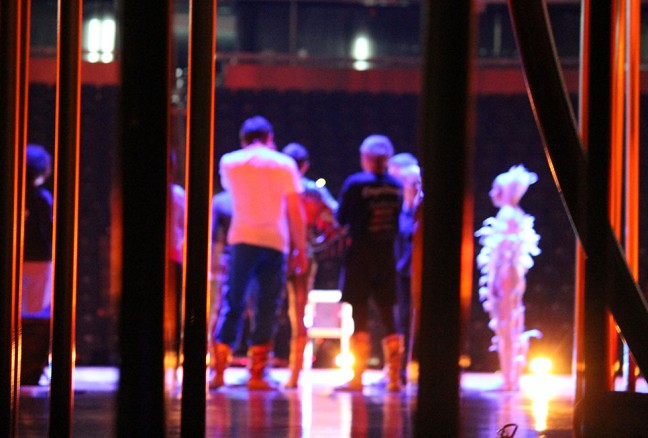
Cirque du Soleil’s Varekai had seven performances at the Rogers K-Rock Centre in downtown Kingston from January 17 to 20, 2014.



